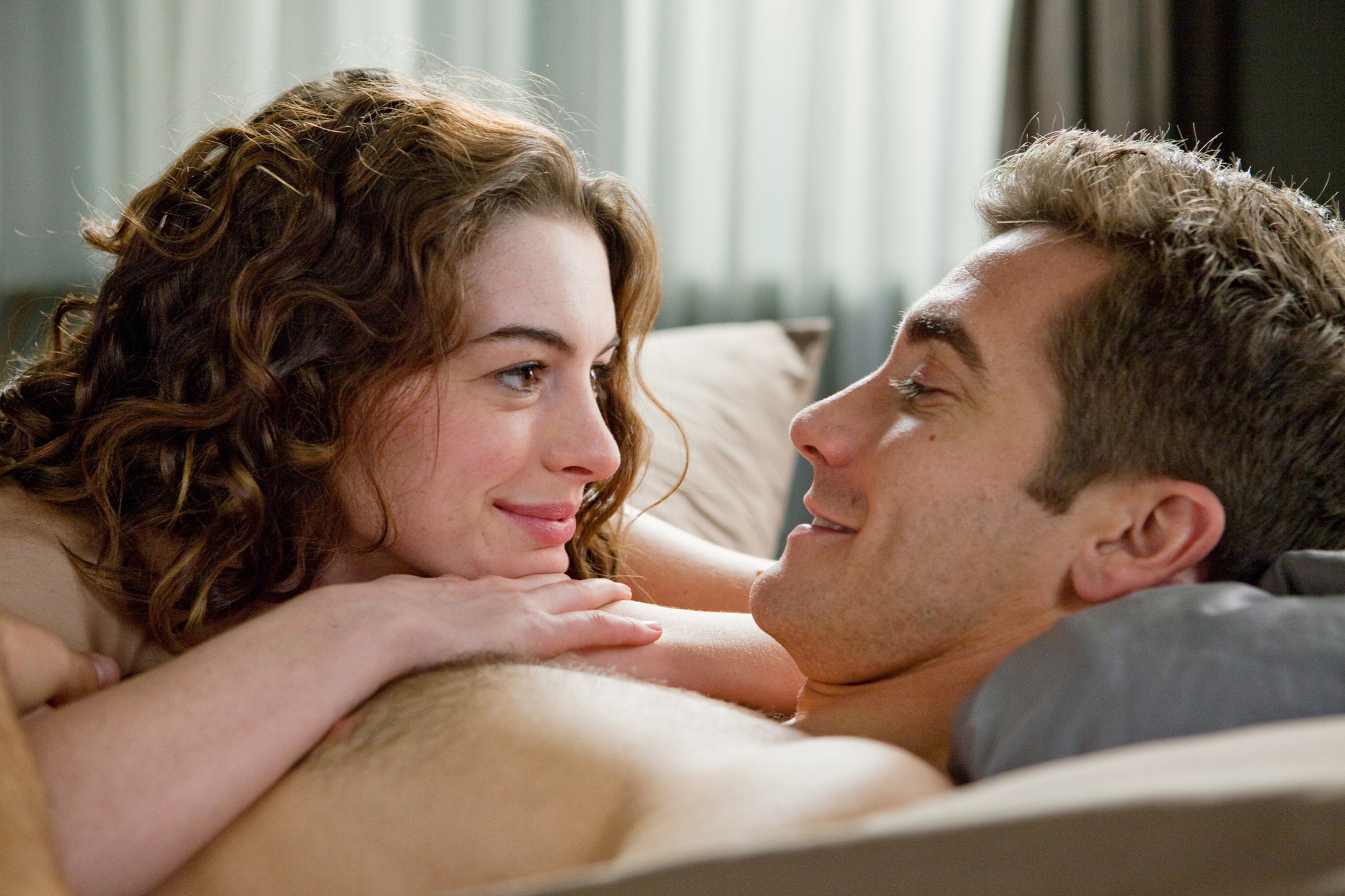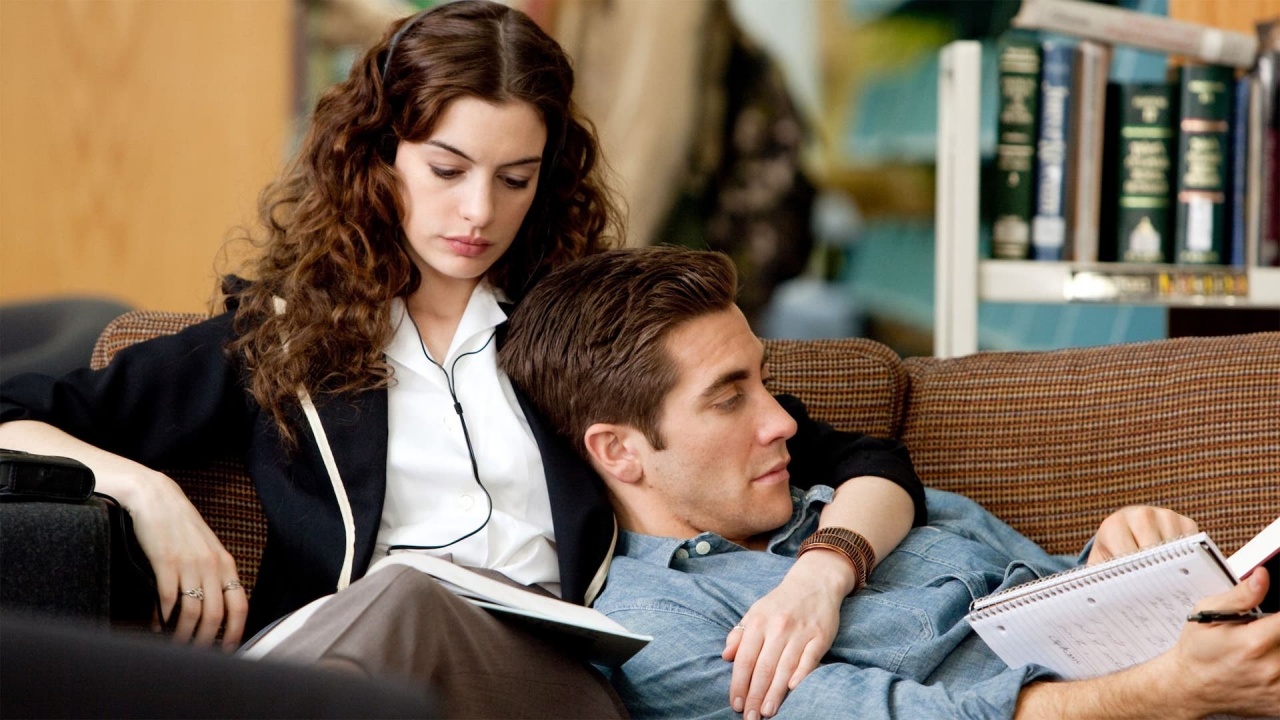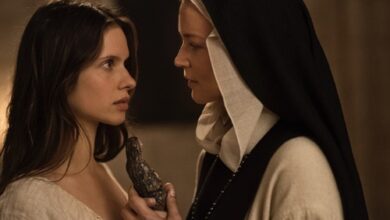Love & Other Drugs (2010): When Lust Tastes Like Medicine and Love Leaves You Addicted

💊 TAKE TWO AND UNDRESS ME IN THE MORNING
In a world where the only thing harder than love is the pill that makes it last all night, Love & Other Drugs offers a scandalously tender exploration of bodies colliding, pills selling, and hearts breaking in the dark. This isn’t your average rom-com. It’s a pharmaceutical fantasy laced with nudity, corporate greed, and a kind of aching vulnerability that slips under your skin like silk sheets soaked in sweat.
Anne Hathaway bares more than just her soul. Jake Gyllenhaal plays a pharmaceutical rep who charms his way into the panties of half of Pittsburgh before he finds the one woman who makes him beg—not for s.e.x, but for meaning.

💋 THE PILL PUSHER AND THE GIRL WHO WON’T BE SAVED
Jamie Randall (Jake Gyllenhaal) isn’t just selling Zoloft—he’s selling himself. Sleazy, magnetic, and dangerous in that way only men with great abs and no morals can be, Jamie glides through the early scenes like a walking erection in a business suit. He’s the kind of guy who calls it flirting when he’s clearly undressing you with his eyes.
And then comes Maggie (Anne Hathaway). She’s smart, sharp, and tragically sick. Parkinson’s is chewing her future, but it hasn’t dulled her appetite for sensation. Their first meeting ends in f.u.c.k.i.n.g, not flowers. She doesn’t want love—just distraction, and he’s a human firework. What starts as casual s.e.x becomes something neither of them can control.

🔥 NAKED TRUTHS AND THE COST OF CONNECTION
This film doesn’t shy away from flesh—it bathes in it. Hathaway and Gyllenhaal strip down, not for shock, but to peel back what hides beneath. Their s.e.x scenes are raw, ravenous, and drenched in the vulnerability of two people afraid of real intimacy. It’s not about pleasure. It’s about trying to feel anything that isn’t fear.
But love, like addiction, comes quietly. One moment they’re naked strangers in bed, the next, they’re crying in parking lots and pretending they’re not dying inside. Maggie’s illness isn’t just a subplot—it’s the shadow in every kiss, every argument, every silent stare that says, “Please don’t love me.”
💔 THE DRUGS WE CRAVE
What makes Love & Other Drugs more than just an R-rated tearjerker is its honesty. It admits that s.e.x can be a coping mechanism. That love can hurt worse than any disease. That sometimes, it’s easier to undress than to open up.
As Jamie begins to truly see Maggie—not just her body, but her broken, brilliant defiance—the film shifts. The player becomes a partner. The seducer becomes the caregiver. And in one quiet, devastating moment, he chooses her over everything he thought mattered.
Because the real drug isn’t Viagra—it’s connection. And damn, it’s addictive.

🎬 Love & Other Drugs isn’t perfect. It dances awkwardly between rom-com cheekiness and serious drama. But it dares to show us the soft underbelly of desire, and what happens when lust isn’t just about skin, but about trying to outrun our own mortality.
It’s messy, sexy, and just tragic enough to leave a bruise.
Swallow it whole. No water needed.





